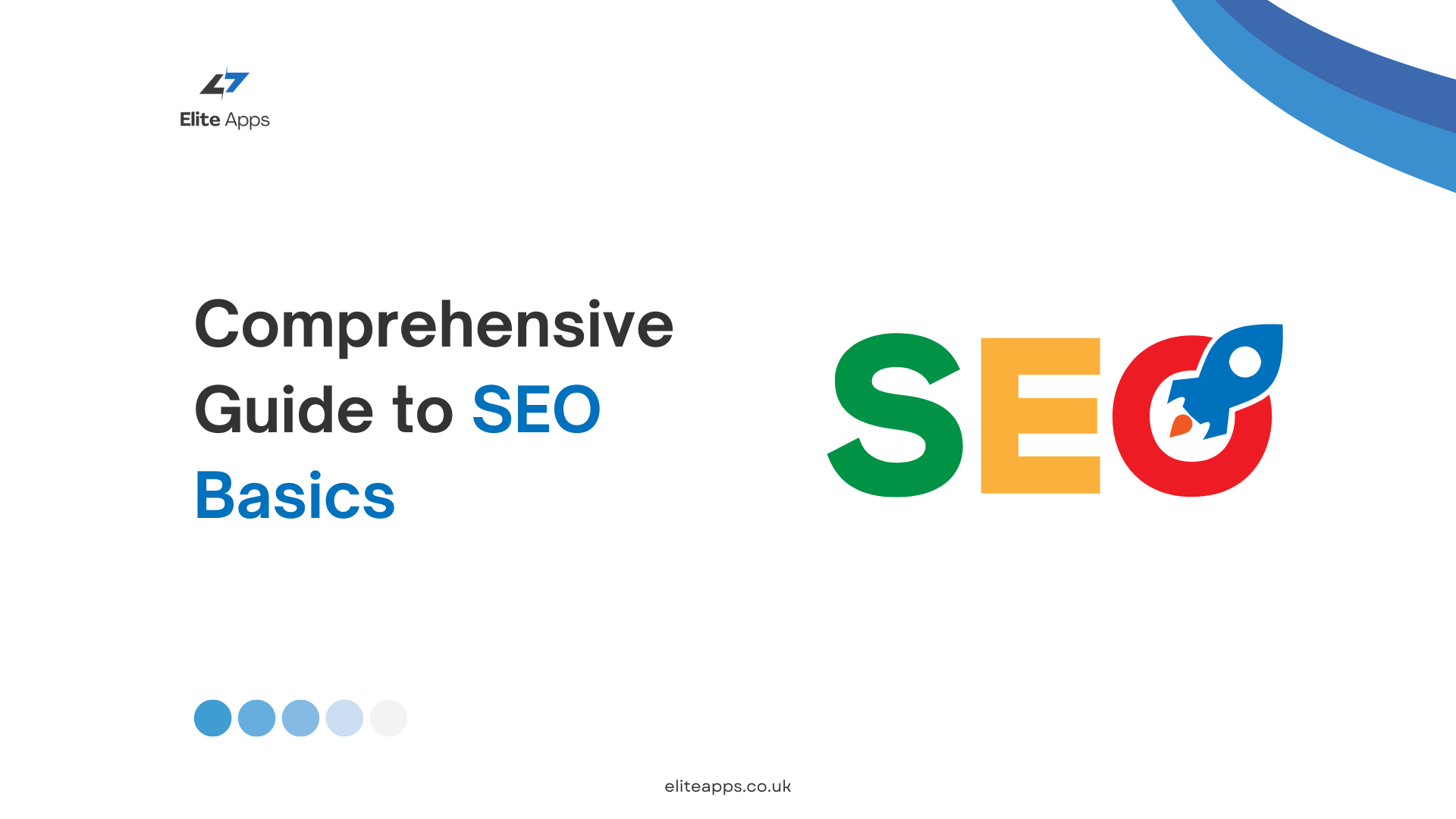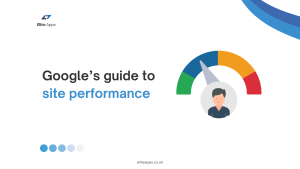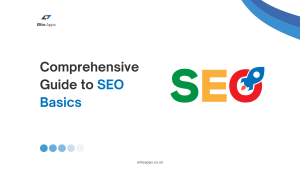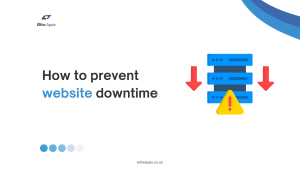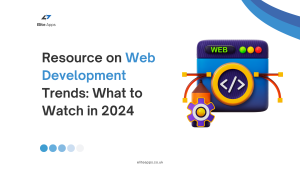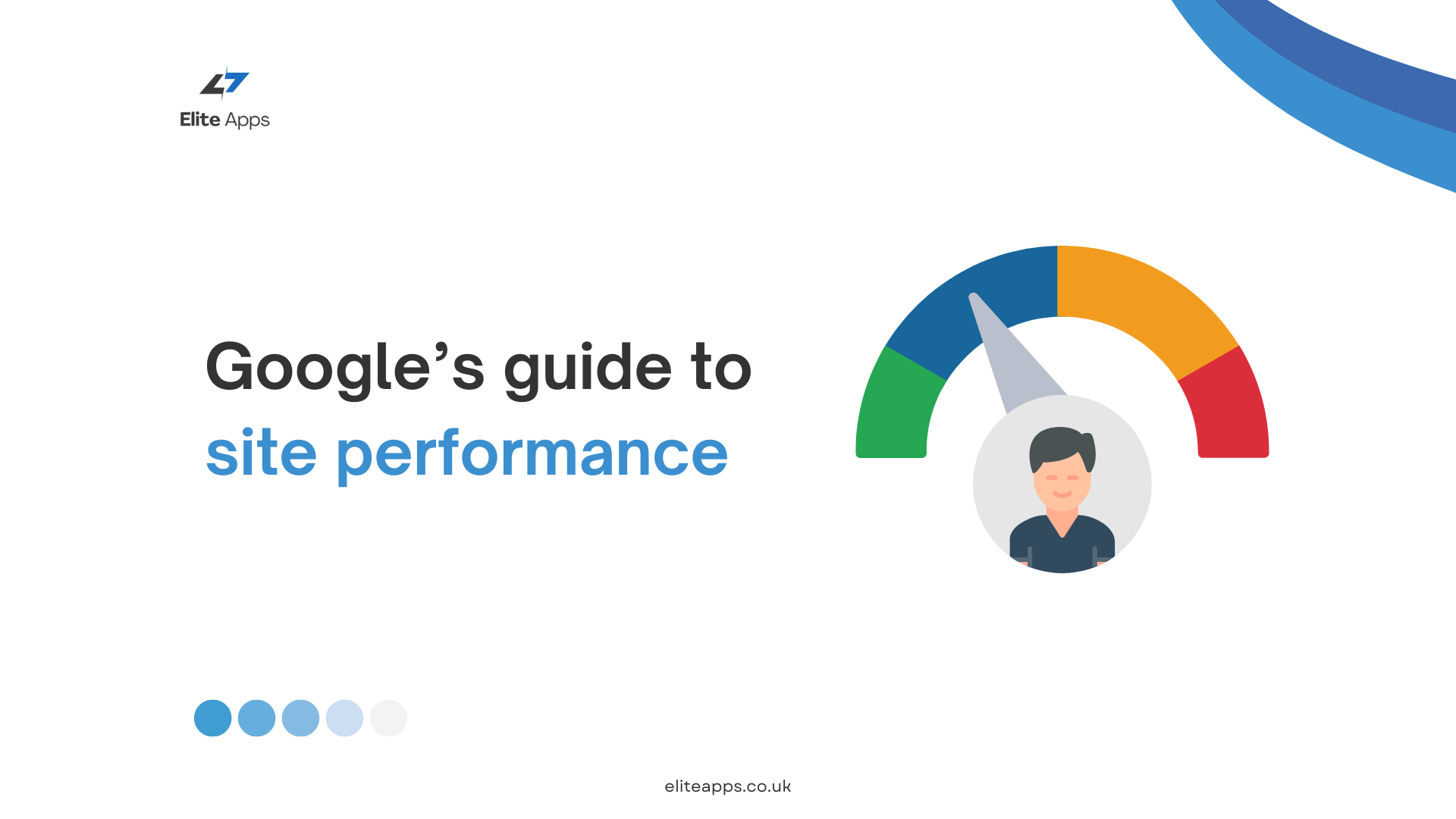Comprehensive Guide to SEO Basics: Boost Your Website’s Visibility
In today’s digital landscape, having a great website is just the beginning. To ensure your content reaches the right audience, you need to optimize your site for search engines. Search Engine Optimization (SEO) is essential for driving organic traffic and improving your website’s visibility on platforms like Google, Bing, and Yahoo.
In this guide, we’ll cover the essential SEO basics that every website owner and marketer should know.
What is SEO?
Search Engine Optimization (SEO) refers to the practice of optimizing your website to rank higher in search engine results pages (SERPs). The goal is to increase the quantity and quality of organic traffic from search engines by making your site more attractive to search algorithms.
Search engines use complex algorithms to determine which websites to show for a given search query. SEO helps align your content with these algorithms, making it easier for search engines to understand, rank, and display your pages.
Key Components of SEO
To get started with SEO, it’s crucial to understand its main components. These include:
- On-Page SEO
- Off-Page SEO
- Technical SEO
Let’s break each down further.
1. On-Page SEO
On-Page SEO refers to the optimization of individual web pages to rank higher in search results. This involves improving the content and HTML source code of your site’s pages.
Key On-Page SEO Elements:
- Keywords: Keywords are the words and phrases people type into search engines. Identifying and using relevant keywords in your content helps search engines understand what your page is about. Use tools like Google Keyword Planner, Ubersuggest, or SEMrush to find high-volume keywords related to your industry.
- Title Tags: The title tag is one of the most important on-page SEO factors. It appears as the clickable headline in search results. Include your primary keyword in the title tag to help search engines and users understand the content’s relevance.
- Meta Descriptions: Meta descriptions are short snippets that summarize the content of a page. While they don’t directly impact rankings, a compelling meta description can improve click-through rates (CTR), which indirectly affects SEO.
- Header Tags (H1, H2, H3, etc.): Headers help structure your content and make it more readable. Use H1 for the main title and H2 or H3 for subheadings. Including keywords in headers can boost relevancy and improve user experience.
- Content Quality: High-quality, relevant, and informative content is the backbone of SEO. Content should address user queries, offer value, and be free from plagiarism. Avoid keyword stuffing—using keywords unnaturally—as it can hurt rankings.
- Image Optimization: Search engines also index images, so optimizing them can improve your rankings. Use descriptive filenames and alt text for images, and compress them to reduce loading times.
- Internal Links: Linking to other relevant pages within your site helps search engines discover your content and can spread link equity (ranking power) across your site. Internal linking also enhances user navigation.
2. Off-Page SEO
Off-Page SEO refers to activities outside of your website that influence your rankings. The most important aspect of off-page SEO is building backlinks.
Key Off-Page SEO Elements:
- Backlinks: Backlinks are links from other websites that point to your site. They signal to search engines that your content is valuable and trustworthy. However, not all backlinks are created equal—focus on earning links from high-authority and relevant websites.
- Social Media Engagement: While not a direct ranking factor, social media engagement can drive traffic to your site and increase your content’s visibility. Shares, likes, and comments can indirectly boost SEO by signaling that your content is popular and valuable.
- Guest Blogging: Writing guest posts for reputable sites in your industry is a great way to earn backlinks and expose your brand to a broader audience. Make sure your guest posts offer value and aren’t just for link-building purposes.
3. Technical SEO
Technical SEO focuses on the backend of your website and ensures that search engines can crawl and index your site properly. It also involves optimizing your site’s infrastructure for a smooth user experience.
Key Technical SEO Elements:
- Website Speed: Page load speed is a critical ranking factor. A slow site can lead to higher bounce rates and lower rankings. Use tools like Google PageSpeed Insights to analyze your site’s performance and make improvements.
- Mobile-Friendliness: With mobile search accounting for a significant portion of traffic, ensuring your website is mobile-friendly is essential. Google’s mobile-first indexing means that the mobile version of your site is prioritized for ranking.
- XML Sitemap: An XML sitemap helps search engines crawl your website more efficiently. It lists all the important pages of your site, ensuring they are indexed properly. Most CMS platforms like WordPress offer plugins to generate sitemaps automatically.
- Robots.txt: The robots.txt file tells search engines which pages of your site should be crawled and which should not. It’s useful for excluding irrelevant pages from being indexed.
- SSL Certificate: Security is a ranking factor, and having an SSL certificate (HTTPS) is a must for all websites. It ensures that data transferred between users and your site is encrypted, building trust with both search engines and users.
The Importance of User Experience (UX) in SEO
SEO isn’t just about pleasing search engines—it’s also about providing a positive experience for users. Google’s algorithms prioritize websites that offer a seamless and enjoyable user experience. Some key UX factors that affect SEO include:
- Site Navigation: Simple, intuitive navigation makes it easy for users to find the information they need.
- Responsive Design: Your site should adjust seamlessly to different devices, whether it’s a desktop, tablet, or mobile phone.
- Engagement Metrics: Metrics such as bounce rate, session duration, and pages per session are indicators of how users interact with your site. Improving engagement can positively influence your rankings.
Tools to Improve Your SEO Efforts
Several tools can help you improve your SEO performance:
- Google Analytics: Tracks traffic, user behavior, and conversion metrics.
- Google Search Console: Provides insights into how Google is indexing your site and highlights any issues.
- SEMrush: Offers keyword research, backlink analysis, and competitor analysis.
- Yoast SEO (for WordPress): A plugin that helps optimize your content for search engines.
Conclusion
SEO is an essential part of any digital marketing strategy. By understanding the basics of on-page, off-page, and technical SEO, you can optimize your website to rank higher in search results, attract more visitors, and improve user experience. While SEO is a long-term investment, consistent efforts will pay off in increased visibility, traffic, and conversions over time.
Start by implementing these SEO fundamentals, and you’ll be on your way to mastering the art of search engine optimization!

